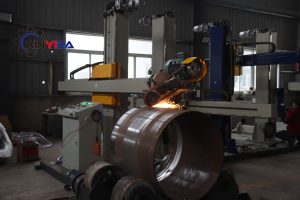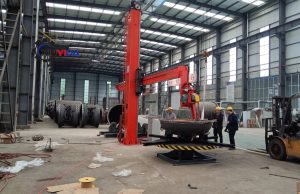To polish well, be sure to pay attention to these 9 points.
Nine major precautions when polishing will help you get twice the result with half the effort and achieve better results.

1、When starting to process a new mold cavity, you should first check the surface of the workpiece and clean the surface with kerosene so that dirt will not stick to the oilstone surface and cause the cutting function to be lost.
2、When grinding coarse grains, it should be carried out in the order of difficult first and easy later, especially for some difficult dead corners. The deeper bottom should be grinded first, and finally the sides and large flat surfaces.
3、Some workpieces may have multiple pieces assembled together for polishing. The rough lines or spark lines of individual workpieces must be ground separately first, and then all workpieces must be polished together until they are smooth.
4、For workpieces with large flat surfaces or side surfaces, use a whetstone to grind away rough grains and then use a straight steel sheet for light transmission inspection to check whether there are any unevenness or undercuts. If there are undercuts, it will cause the part to be demoulded. Difficulty or product strain.
5、In order to prevent the mold workpiece from being undercut or having some fitting surfaces that need to be protected, you can paste it with a saw blade or stick it to the edge with sandpaper, so that you can get the ideal protection effect.
6、When grinding the flat surface of the mold, pull it forward and backward, and keep the handle of the dragging oilstone as flat as possible, not exceeding 25°. Because the slope is too large, the force rushes from top to bottom, which can easily lead to many rough lines on the workpiece.
7、If the flat surface of the workpiece is polished with copper or bamboo sheets pressed against sandpaper, the sandpaper should not be larger than the area of the tool, otherwise it will grind into places that should not be grinded.
8、Try not to use a grinder to trim the parting surface, because the parting surface trimmed by the grinding wheel head is rough and wavy. If necessary, the grinding wheel head must be glued and trimmed until the concentricity is balanced.
9、The shape of the grinding tool should be close to the surface shape of the mold to ensure that the workpiece is not deformed by grinding.

